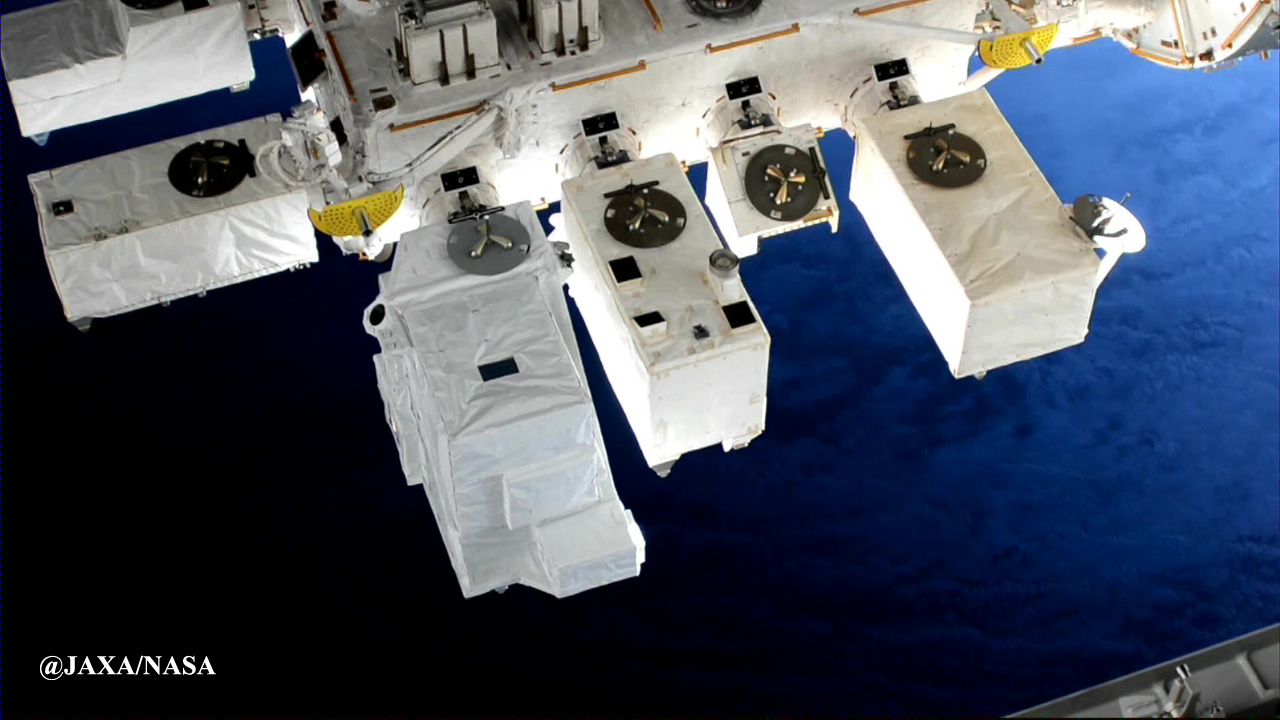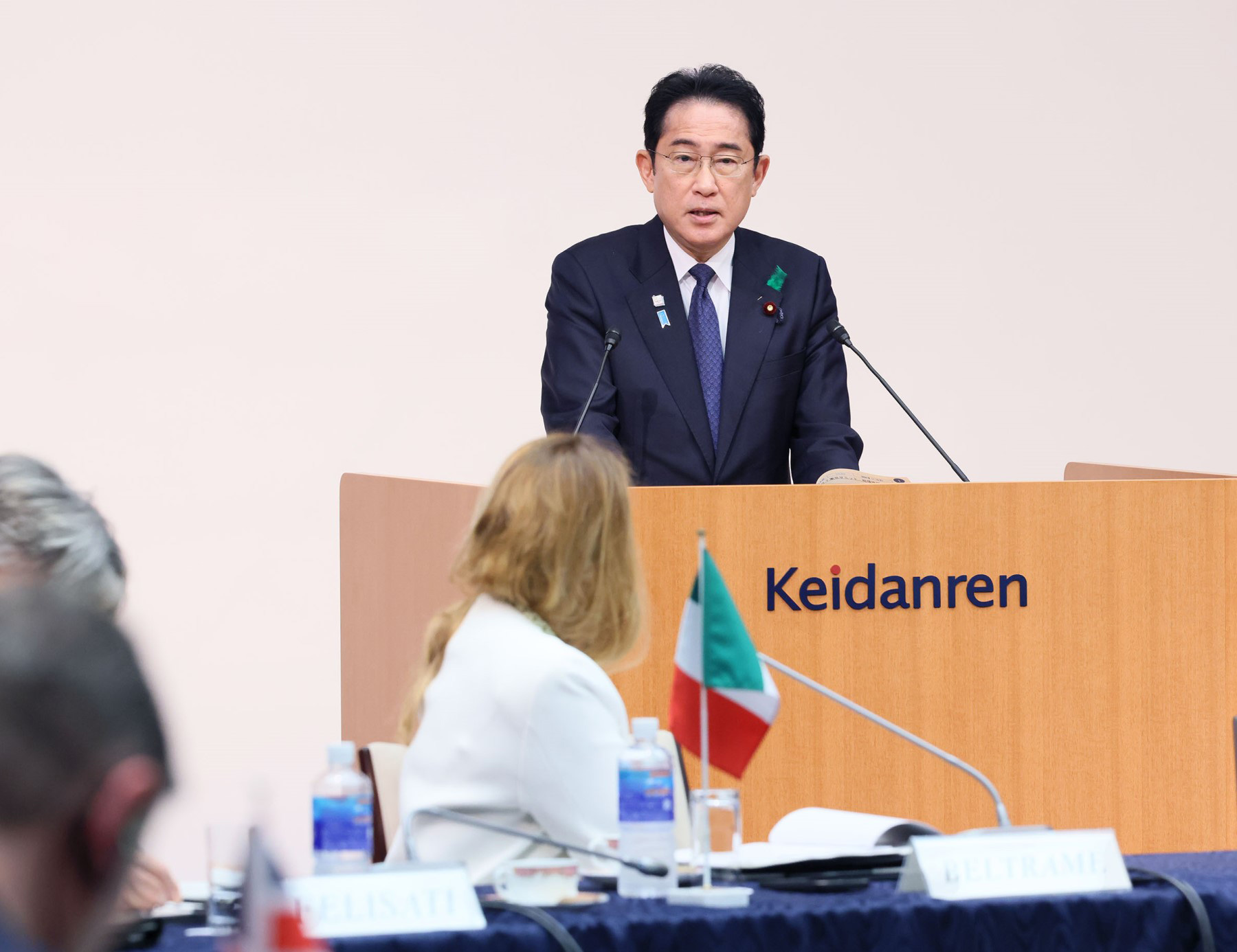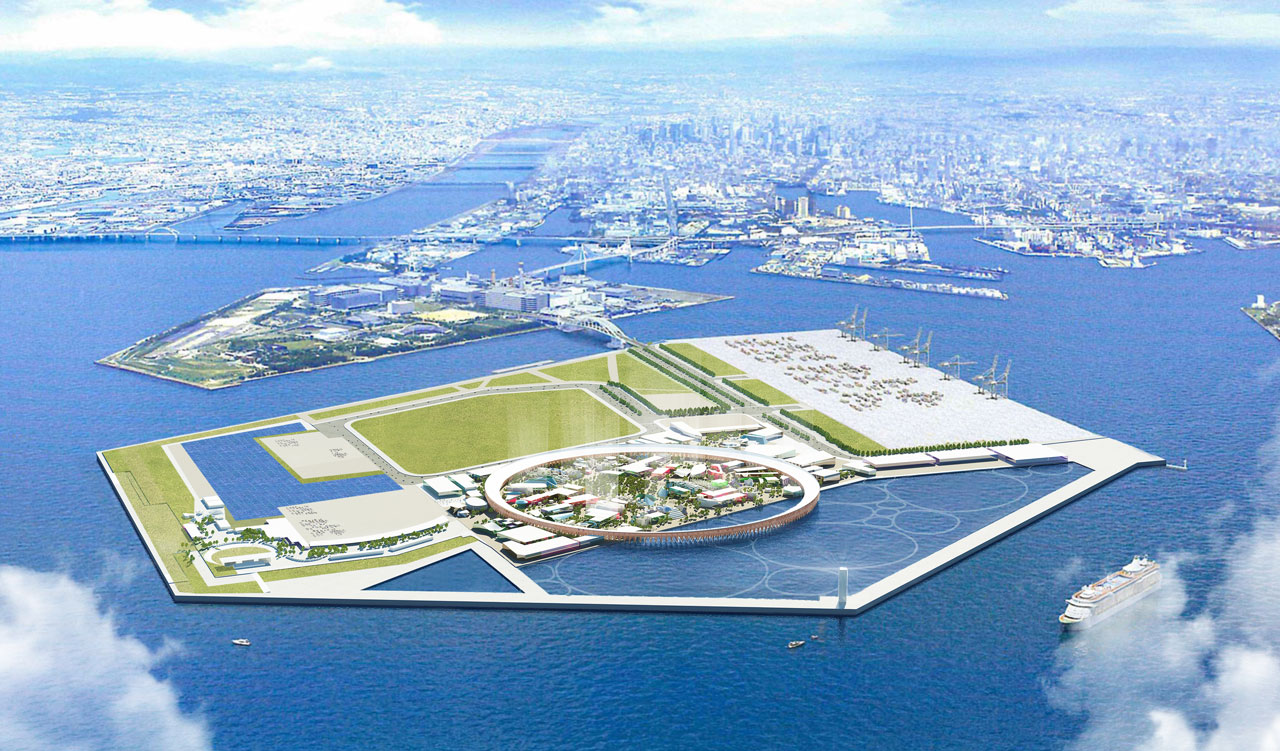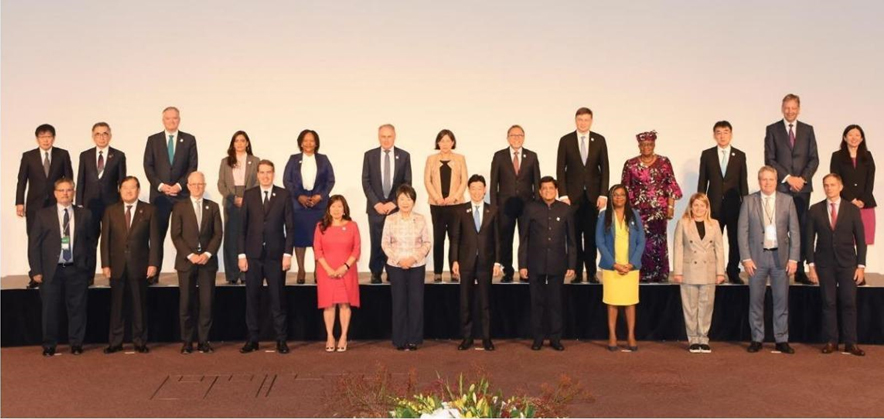More

- Where our mission meets our passion -
January 15, 2024
The Day Fukushima’s Hamadori Region to Become a Mecca for Cinema: Film Culture is Blazing a Trail in Line with Reconstruction

Fukushima has resiliently bounced back from the catastrophic earthquake and tsunami of March 11, 2011. The initial phase of reconstruction has progressed with a focus on essential
infrastructure like homes, schools, roads and hospitals. Now, having more options for work and shopping, what seems missing for a truly enriching life might just be a dash of culture.
In the Coastal Region of Fukushima prefecture (Hamadori ), an area along the Pacific coast severely impacted by the TEPCO nuclear accident, a dynamic movement
is underway to convey the region’s allure through movies. More than simply showcasing the area’s unique qualities on the global stage, creating films and dramas set in the Hamadori
region will also foster a deep sense of pride in residents. There’s a growing anticipation that new leaders of the region’s film culture will emerge from collaborations with other
filmmakers.

Liana Nemoto, seen here introducing a film location in Futaba, is working to establish a film commission for the Soso District of Fukushima prefecture.
During the filming of the movie “Haw,” approximately 70 people stayed for three days, indicating the potential economic impact of promoting the area as a location for movies.
On a road frequented by large trucks transporting decontaminated soil, a lone dog pads along slowly. Upon returning to her home in the Restricted Area, a girl from the disaster-stricken area stands in shocked silence in the face of its devastation.

“Haw” © 2022 Haw Production Committee
A scene from the movie “Haw”: The dog Haw passes through the town of Futaba, Fukushima on its journey from Aomori to Yokohama seeking to reunite with his owner.
The 2022 film “Haw” depicts the journey of a dog named Haw and the various adventures that befall him along the way. After accidentally ending up in Aomori, Haw sets out on a cross-country journey to Yokohama, where he lives with his owner. Several scenes were shot in the Hamadori region.

Residents taking part in the filming of “Haw” at Ukedo fishing port in the town of Namie, Fukushima prefecture. (Photo by Tatsuharu Baba)
Major works, such as the 2020 movie “Fukushima 50” and “The Days,” which began streaming in 2023, also use Fukushima as a setting to portray the nuclear accident. However, there was no
full-scale location shooting on site.
The filming of “Haw” involved 70 actors and crew members. Over three days, their stay, including accommodations and meals, funneled approximately 2.5 million yen into the local
economy.
Many municipalities are seeking to attract film shooting. A notable example is Ibaraki film commission, supported 619 productions in 2022, and has generated estimated economic impact of
about 820 million yen. The future looks promising, expecting for more films related to reconstruction to be shot. Tapping into this growing demand for filming locations is likely to
bring a significant boost to the economy.
There are abundant filming resources, with a film commission slated to be launched by the end of FY2023.
“Aside from its portrayal as an area affected by the earthquake and nuclear accident, the Soso District(1) boasts very favorable conditions for filming movies and dramas,” says Liana Nemoto. Working with art director Tatsuharu Baba, who was involved in the local filming for “Haw,” Nemoto has spent 2023 working tirelessly to establish a film commission to attract the production of movies, dramas and commercials to the Soso District. A film commission is a public organization that facilitates communication and negotiations with filmmakers and local communities.
[Note 1]
The Soso District consists of 12 municipalities (excluding the city of Iwaki from the Hamadori region): Soma, Minamisoma, and Futaba District (comprised of the towns of Hirono, Naraha,
Tomioka, Okuma, Futaba and Namie, and the villages of Kawauchi and Katsurao), and Soma District (Shinchi, Iitate).
Nemoto, a native of Minamisoma, experienced the earthquake as a third-year junior high school student. Wanting to bring more attention to her home region, she enrolled at the Nihon
University College of Art to study film. Upon starting her program, she recalls finding herself surrounded by genuine film enthusiasts, which left her feeling somewhat misguided in her
initial idea of using film as a tool for regional publicity.
After graduation, she worked at an advertising agency but returned to her hometown during the COVID-19 pandemic. As she became involved in projects supporting local entrepreneurs, she
grew more determined to start something on her own. Casting a fresh eye over her surroundings, she realized that the Soso District was rich in resources for filming.
Surrounded by the natural beauty of mountains, seas and rivers, the region also features vast expanses dotted with unused schools, hospitals and houses. These locations offer ideal
settings for filming, as they can be used without stringent restrictions. The infrequent pedestrian and vehicle traffic also minimizes the chances of people wandering into the background
of a shot, making it a favorable environment for film productions.

At Karasuzaki Beach in Minamisoma, Fukushima prefecture. The expansive beach is accessible by car and perfect for surfing shoots. (Free Soso photo)

The Soma Nomaoi Festival, featuring hundreds of horsemen clad in armor racing across fields, is a regional spectacle that has led to the widespread breeding of horses locally. Many residents are also adept at handling horses, which simplifies the filming of horse scenes in urban settings - a task that would be more challenging in other areas. (Horse Value photo)

An unused hospital in the Fukushima prefecture town of Futaba could be used for filming, potentially doubling as a municipal office or school.

Futaba’s streets are wide and with little traffic, making them a natural choice for filming car chase scenes.

Long-abandoned buildings in Futaba add a unique character to the landscape.
Liana Nemoto envisions making effective use of these vast lands, taking inspiration from the Ashikaga Scramble City Studio in Tochigi prefecture - a 6,585-square-meter studio that
recreated Tokyo’s famous Shibuya Station scramble crossing and which has become a popular location for a wide range of film.
Nemoto dreams of involving local residents in film productions in the Soso District, even in minor roles as extras, believing that their participation would be a source of great joy for
the community.

The Ashikaga Scramble City Studio in Tochigi prefecture, a remarkable replica of Tokyo’s bustling Shibuya Station entrance, is surrounded by green screens used for compositing background images. (Geek Pictures photo).
Director Yoji Yamada encourages the Hamadori region, seeing potential for an “Artist-in-Residence” program.
The film industry is also rallying support for the Hamadori region, thanks to prominent figures such as the esteemed director Yoji Yamada.
At a discussion during the 36th Tokyo International Film Festival 2023 on Oct. 28, Yamada emphasized the significance of filmmaking in Fukushima. He further suggested that the idea of
building a national film studio on the region’s expansive lands could be a dream worth pursuing.
Internationally, the U.K.’s National Film and Television School stands out with its specialized studios and a learning environment dedicated to student filmmaking. Similarly, the rise of
Korean cinema is often attributed to the Korean Academy of Film Arts, highlighting the global impact of national film schools. There is a strong and enduring call within the Japanese
film community for the establishment of similar facilities.

Participants of a talk session at the 36th Tokyo International Film Festival 2023 focused on filmmaking in the Hamadori region. Yoji Yamada is on the left, next to director Isshin Inudo.
Inudo, the director of “Haw,” advocated for actively conducting artist-in-residence programs that would allow artists to stay and create in a specific location for a set period. He expressed his deep interest in the Hamadori region and its unique blend of residents, both unjustly displaced from their long-term homes and newcomers seeking a fresh start. He sees interactions with these unique individuals as the starting point for new visual works. Japan’s Ministry of Economy, Trade and Industry has also shown its strong support for local development initiatives centered on the film and artistic culture of the Hamadori region. The Office for the Promotion of Fukushima Arts and Culture emerged from a project team of enthusiastic young ministry staffers promoting Fukushima’s art and culture. Since its establishment in June 2023, it has been collaborating with local governments, residents and film professionals. Initiatives such as launching a film commission, establishing artist-in-residence programs and organizing film events signal the beginning of concrete policy formation.
[Related Information]
Fukushima Culture Art Promotion Office Established as a New Division
(METI news release on June 16, 2023)






